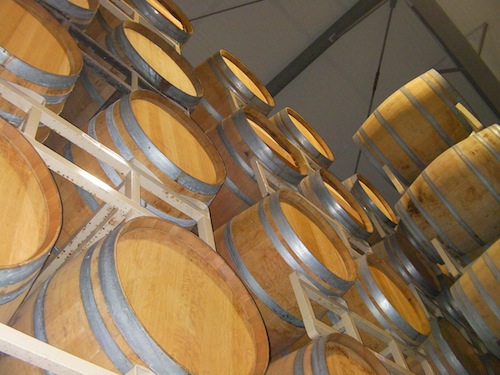
Grapes often work better together.
The French, particularly in Bordeaux and the Rhône Valley, have known that for decades – even centuries. In the Pacific Northwest, particularly Washington, wineries have been moving toward more red blends for the past 20 years.
Now, it might just be the largest category of wines. Certainly, we see more red blends than any other style of wine.
The pessimist might say that a lot of red blends include Syrah because that’s often the easiest way to sell the grape – by hiding it. However, our perception has been that a modest percentage of Syrah fills in the midpalate of many red wines, creating a juicy jamminess that enriches the wine in a tangible way.
These days, we see all kinds of red blends, including traditional Bordeaux reds, Southern Rhône wines with Grenache, Syrah and Mourvèdre, Super Tuscan styles with Sangiovese and Cabernet Sauvignon – and everything in between. Indeed, it’s a lot of fun to explore various kinds of red blends to figure out what the winemaker had in mind.
Here are 11 red blends from wineries in Washington, Oregon and Idaho that we’ve tasted in recent weeks.

Thank you for including us in this great list. We’re looking forward to trying a few of these we haven’t tasted before
Thanks this update on red blends – and the bottles presented.
Could someone let me know whether any of the many blends happen to be co-fermented, i.e. grapes blended prior to fermentation. And whether co-fermentation is at all used in your area.
A wine-grower in Northern California told me that the old tradition with field blends is gaining popularity with some producers near him. However, not in the old-fashioned form of true field blends where different grapes are planted next to each other.
Burgundy in France does traditionally not blend wines (different from Bordeaux) but there are a few exceptions – called passetoutgrains or passe-tout-grains. And they are wonderful. Some parts of Austria have a strong tradition of field blending and co-fermentation but that is mainly for white wines.
Interested as I plan a wine-tour to Washington-Oregon-California in June-July 2014.
Morten Scholer, Coppet, Switzerland
Morten,
Thank you for taking the time to write. Generally speaking, the only co-fermented wines we see are Syrah with a bit of Viognier, made in the Cote-Rotie tradition. There are rare instances where field blends are co-fermented, as well.
We’ve tasted one example of a passetoutgrains-style blend in the Northwest, and that is JoieFarm in Naramata, British Columbia, which makes a wine called, appropriately, PTG. It is superb, and if you make your way to British Columbia in your travels, that wine is well worth seeking out.
Take care.